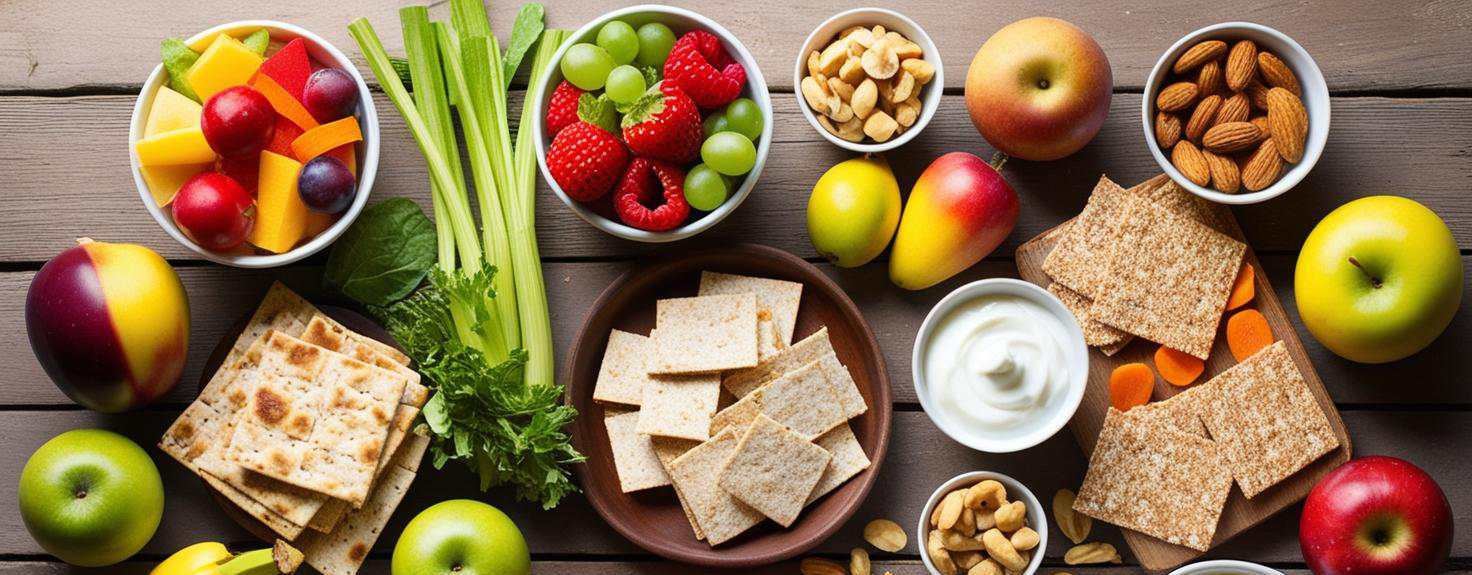
In today’s fast-paced lifestyle, snacks have become an indispensable part of our daily diet. Whether it’s a quick energy boost during a work break or a small treat during leisure time, snacks are everywhere. However, with the vast array of options—from high-sugar, high-fat processed foods to products marketed as “healthy”—how do you choose snacks that are both delicious and genuinely beneficial to your health? This article provides a comprehensive guide to help you make informed decisions.
1. Understanding Nutrition Labels
The first step in choosing healthy snacks is to examine the nutrition label on the packaging. Nutrition labels not only reveal the food’s ingredients but also help you determine if it meets health standards. Below are key indicators to focus on, along with their significance and selection tips:
| Nutrient | Recommended Standard (per 100g) | Description |
|---|---|---|
| Sugar | ≤ 15g | Excess sugar can cause rapid blood sugar spikes, increasing the risk of obesity and diabetes. Opt for low-sugar or no-added-sugar snacks. |
| Fat | ≤ 5g | Especially saturated and trans fats should be minimized, as they are linked to cardiovascular diseases. Prioritize snacks with unsaturated fats. |
| Sodium | ≤ 400mg | Excess sodium intake can increase the risk of hypertension and edema. Avoid high-sodium snacks like chips or cured foods. |
| Dietary Fiber | ≥ 3g | Dietary fiber promotes digestion, supports gut health, and enhances satiety, making it a key marker of healthy snacks. |
| Protein | ≥ 5g | Protein provides sustained energy, making it an excellent choice for a snack, especially for fitness enthusiasts. |
Additionally, the ingredient list is crucial. Ingredients are listed in order of quantity, with the most abundant appearing first. Opt for products with short, simple ingredient lists and minimal artificial additives (e.g., preservatives, artificial flavors). For example, an energy bar with just “almonds, honey, oats” is typically healthier than one with a dozen additives.
Healthy snacks should not only be tasty but also nutritionally balanced. Pay special attention to the ingredient list—simpler, more natural ingredients often mean a healthier choice. — Nutrition Expert Advice
2. Recommended Healthy Snack Types
Based on nutritional principles and daily needs, the following snack categories are recommended for their balanced nutritional value and convenience:
-
Nuts
Almonds, walnuts, and cashews are rich in healthy unsaturated fatty acids, protein, and trace elements (e.g., magnesium, zinc), making them an ideal energy source. However, due to their high calorie content, limit intake to a small handful (about 25-30g). Avoid fried or overly salted processed nuts and opt for raw or lightly roasted varieties.
-
Dried Fruits
Raisins, dried cranberries, and figs retain most of the vitamins and minerals of fresh fruit, offering a healthy alternative for sweet cravings. However, some dried fruits may contain added syrup or preservatives, so choose unsweetened options and limit intake to about 20-30g to avoid excess sugar.
-
Whole Grain Snacks
Oat bars, whole-grain crackers, and popcorn (without butter) are rich in dietary fiber and B vitamins, providing slow-release energy to stabilize blood sugar. Choose low-sugar, low-salt versions, such as whole-grain oat cakes with a low GI value.
-
Dairy and Alternatives
Low-fat Greek yogurt or unsweetened soy milk is packed with protein and probiotics, supporting gut health. Pair with a small amount of fruit or nuts for a delicious, balanced afternoon snack.
3. Buying Tips
To ensure you purchase high-quality healthy snacks, here are some practical tips to guide you whether shopping in-store or online:
Shopping Checklist
- Check Packaging Integrity and Expiration Date: Damaged packaging may lead to contamination, and freshness affects taste and nutrition.
- Read Nutrition Facts Carefully: Compare against the standards above to select low-sugar, low-fat, high-fiber options.
- Note Allergen Labels: If allergic to nuts, peanuts, or dairy, ensure the product is safe for you.
- Choose Reputable Brands: Well-known brands often have stricter quality control and transparent nutrition info.
- Buy in Moderation, Avoid Stockpiling: Snacks can degrade or become stale; buy small amounts frequently for freshness.
- Beware of Sales Traps: Discounted items may be nearing expiration or slow-moving stock—check dates and quality first.
4. Common Buying Mistakes
When selecting healthy snacks, many fall prey to marketing hype. Here are common pitfalls and how to avoid them:
-
“Sugar-Free” Doesn’t Mean Healthy
Some “sugar-free” snacks use artificial sweeteners (e.g., aspartame), which may pose health risks over time. Prefer natural sweeteners like honey or fruit.
-
Low-Fat Doesn’t Equal Low-Calorie
Low-fat products often compensate with added sugar or starch, resulting in higher calories. Check total calories (kcal) rather than focusing on one metric.
-
Over-Reliance on “Organic” Labels
Organic snacks reduce pesticide use but aren’t necessarily more nutritious or lower in calories—still review the nutrition info.
Conclusion
Choosing healthy snacks is not just about satisfying your taste buds—it’s an investment in your well-being. By mastering nutritional knowledge, recognizing label traps, and selecting snacks tailored to your needs, you can enjoy tasty treats while maintaining health and vitality. Whether you’re a busy professional, a fitness enthusiast, or someone focused on wellness, this guide offers practical insights. If you’re looking to buy healthy snacks, visit our website for a curated selection of top-quality options from around the world, perfect for guilt-free indulgence!